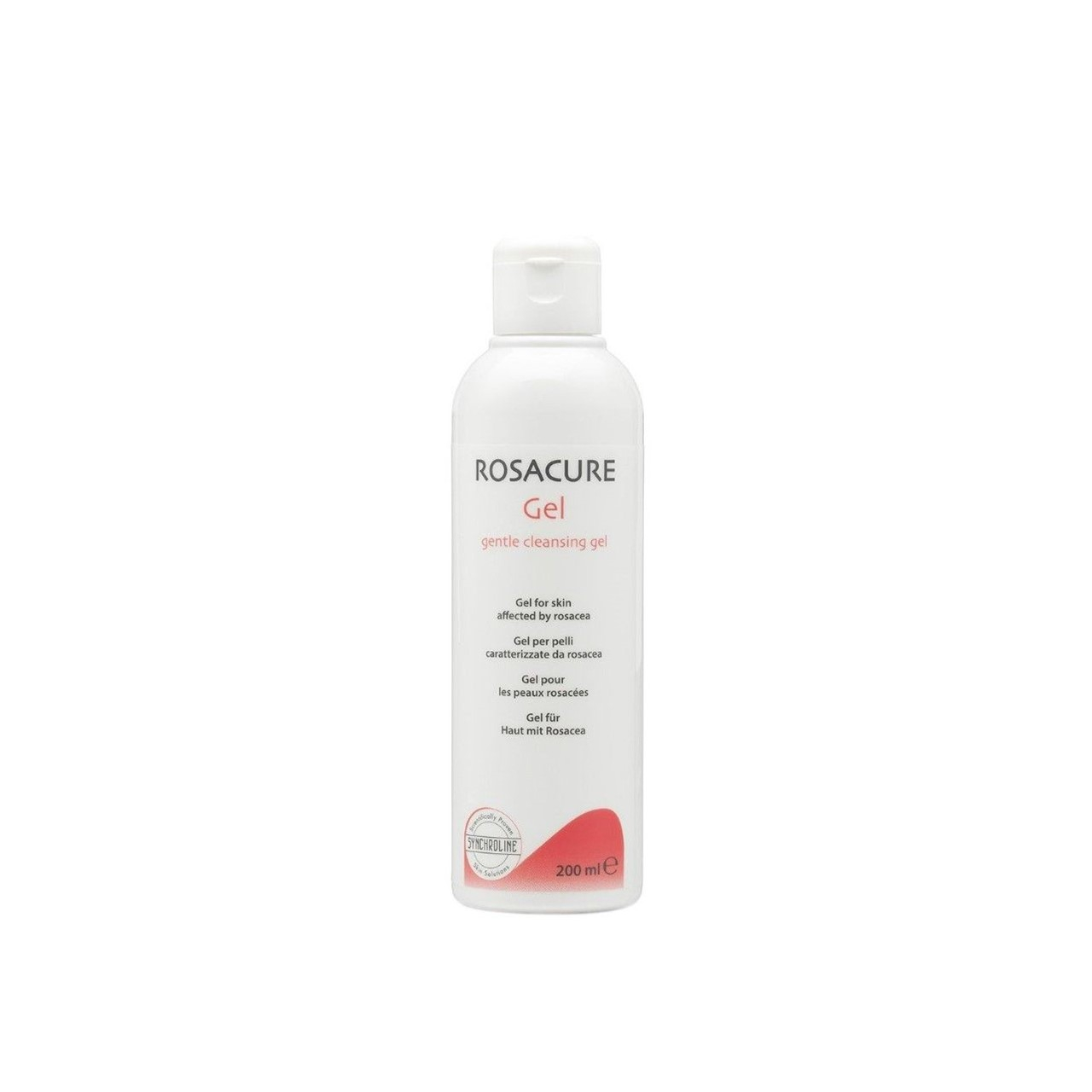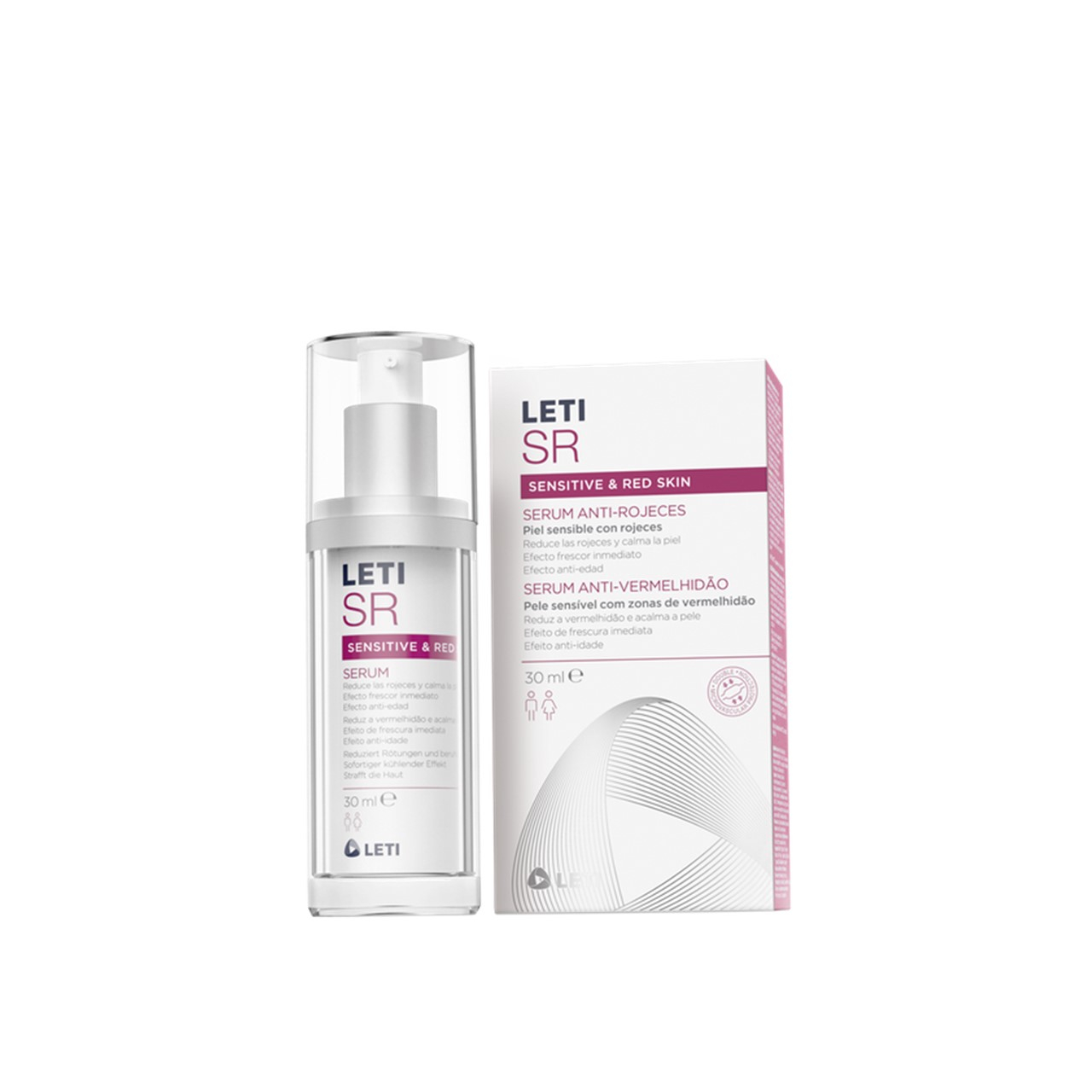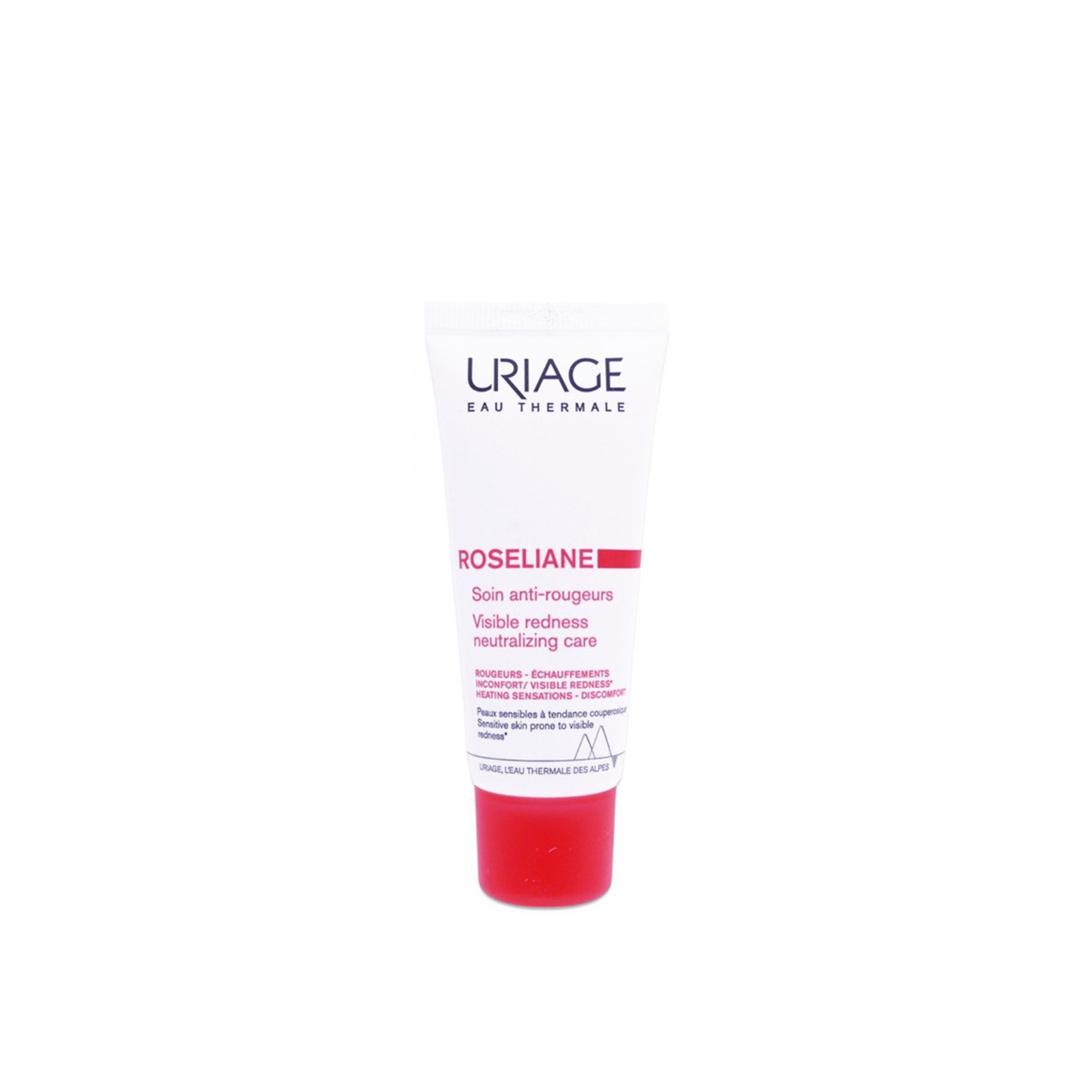
Often known as the condition that makes you look blushed all the time, there’s a lot more to say about rosacea. This skin condition affects people differently, and when undertreated has the potential to diminish the quality of life for those who suffer from it, considering the distress it causes in social relations daily. Even though it’s a common skin condition, there are still more questions than answers when it comes to rosacea. For those who suffer from this condition, there are a few things they can do to help: avoiding triggers that lead to flare-ups and following a soothing, redness relief rosacea skincare routine. But first, let’s learn a bit more about this issue!
On this post:
- What is rosacea?
- Rosacea stages
- Rosacea triggers
- Rosacea skincare routine
- Dos and don’ts for skin with rosacea
What is rosacea?
This skin condition is yet to be fully understood, but there’s already enough evidence to come up with a proper definition. Rosacea is a chronic inflammatory skin condition that affects the face, especially the nose, cheeks, forehead and chin. The main symptoms are blushing and flushing, visible blood vessels or even small pimple-looking bumps. That happens as a result of a coincidence of issues, combining inflammatory activity, genetic predisposition, immune system and some microorganisms. People with fair skin are more affected by this condition, yet you may find people with medium or deep complexions that suffer from rosacea (such as this writer). The symptoms may come and go in waves, and it’s not unusual to have a flare-up that lasts for weeks or even months. To point out that rosacea is not the result of bad skin hygiene and it’s not contagious.
Rosacea is a common condition and, fortunately, you’ll find treatments to minimize symptoms. These treatments may range from supplements (such as Rosacure Combi Food Supplement Tablets, skincare or even cosmetic procedures, and all of them have a role in minimizing discomfort as well as visible symptoms of rosacea—with a real potential of improving your skin condition.
Rosacea stages
There are a few different ways of describing rosacea stages. Even though names and divisions may differ, the descriptions of each stage always match. Early stages of rosacea are far easier to handle than the advanced stages, with mild symptoms that we may describe as manageable. Stage one, called pre-rosacea, is characterized by frequent flushing and irritation. Stage two, or the vascular stage, with transitory facial erythema, visible telangiectasias and skin sensitivity. The following stage, stage three, brings persistent and spreading erythema, with added papules, pustules, enlarged pores and ocular changes (ocular rosacea, characterized by redness and itching of the eyes). Last but definitely not least, we have stage four, with large inflammatory nodules, tissue hyperplasia (increase in the number of cells that results from cell proliferation) and rhinophyma (the nose becomes enlarged, red, bumpy and/or bulbous).
To point out that these stages don’t necessarily follow each other, so you may have stage one rosacea and never develop to further stages. Each stage requires differential care, with the early stages being easier to handle with cosmetics. Of course, you should consult a healthcare professional to access your rosacea stage as well as the best treatment to address your main issues. In addition, it’s important to avoid all behaviors that may irritate your skin to keep symptoms under control as much as you can. Keep on reading to learn more about rosacea triggers!
Rosacea triggers
One thing that should help your skin is to avoid triggers that ignite your rosacea, such as spicy foods, sunlight, stress, alcohol and intense sun exposure. Of course, different people may be more prone to react to certain stimuli, so it’s important to understand what affects your skin the most. Minimizing these behaviors or choices may help minimize discomfort and flare-ups, but there’s no guarantee that some random, unknown and inexplicable trigger comes along to inflame your skin.
Rosacea skincare routine
It’s true that there are cosmetic procedures to help with rosacea, and you may discuss them with your healthcare provider. In addition or instead of that, you should take good care of your skin with gentle and suitable skincare to keep irritation away and to soothe the skin as much as possible. Having rosacea, you shouldn’t look at skincare as a cure to your skin issue, but instead, as a way to soothe and keep skin comfortable. For a basic rosacea skincare routine, you’ll need a gentle cleanser, a facial serum, a moisturizer and sunscreen. Let us offer some details for each step so you know exactly what to look for:
Cleanser
Whether your rosacea is asleep or flared up, you’ll need a gentle cleanser to keep impurities away without disrupting the skin. The ideal choice is to use a cleanser that is tailor-made for skin with your rosacea skincare routine, but most of the cleansers that target sensitive skin should do a good job! More than using the right products, it’s also incredibly important to be gentle when cleansing the skin. No harsh pressure is allowed, and you should pat your skin dry instead of pressing and rubbing with the towel. Equally important, you should stay away from hot baths and/or water, as it may trigger your rosacea.
Serum
You need a soft serum that’s as gentle as it is effective in reducing redness on the skin! The serum should be responsible to provide your skin with actives that actively soothe the skin and visibly reduce redness. If it’s not too much to ask, a serum that cools the skin would be a good idea as well. Once again, the recommendation is to be gentle while massaging products on the skin, as the secret to success is delicate pressure and a soft hand!
Moisturizer
Ideal to replenish the skin with comfort, the moisturizer step is critical to keep the skin with rosacea looking healthy and feeling good. Firstly, you should go for a formula that is suitable for your skin type and preferences, and then look for some features that may provide your sensitive skin with additional benefits. For instance, a formulation that improves microcirculation and reduces redness is definitely something to look up for! If it has a green tint to optically reduce redness, even better.
Sunscreen
Sun exposure is serious aggression to everyone. So when you have rosacea and/or sensitivity, you have to take sun protection seriously! The first lesson about sun protection is that the best way of doing so is avoiding intense sun exposure. Also, using hats and sunglasses to protect the skin and eyes is a very good idea. On top of that, using sunscreen with a high SPF is essential! If you can use a formula that provides your skin with broad-spectrum protection plus targeted care for rosacea… even better!
Dos and don’ts for skin with rosacea
Not in the mood to use products especially made for rosacea? Then you should learn what to look for and what to avoid to keep your skin happy. Generally speaking, you should be ok if using skincare tailored for sensitive skin, avoiding actives that sensitize the skin (such as exfoliating or skin-renewing ingredients). Of course, formulas that soothe the skin are usually well-tolerated whereas products that promise quick and visible results without mentioning sensitive skin are probably not a good idea! Take a look at what to inspect when navigating skincare that’s not made specifically for rosacea.
What to avoid for skin with rosacea
We’re sure you don’t want to irritate your skin any further. That’s why we’re pointing out the ingredients and cosmetic features you should say no to! Here’s what you should avoid:
What to go for if you have rosacea
Now that you know the no, let’s analyze the yes list! These are the ingredients and steps that keep your rosacea under control. Say yes to these ingredients and products:
If you fancy some makeup, then you’ll love to learn that are some face makeup especially developed for sensitive skin. Take a look at our selection of the perfect BB creams for sensitive skin.
Professional Makeup Artist & Beauty Writer


 Rosacure Gel Gentle Cleansing Gel
Rosacure Gel Gentle Cleansing Gel
 LETI SR Sensitive & Red Skin Anti-Redness Serum
LETI SR Sensitive & Red Skin Anti-Redness Serum
 Uriage Roséliane Anti-Redness Cream
Uriage Roséliane Anti-Redness Cream
![Sensilis Photocorrection [AR 50+] High Protection Fluid SPF50+](https://static.beautytocare.com/media/catalog/product/s/e/sensilis-photocorrection-ar-50-high-protection-fluid-spf50-40ml.jpg) Sensilis Photocorrection [AR 50+] High Protection Fluid SPF50+
Sensilis Photocorrection [AR 50+] High Protection Fluid SPF50+
